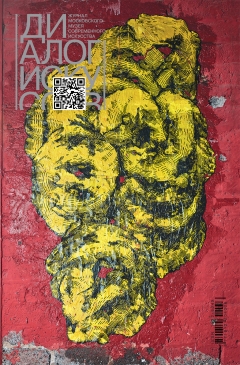Recently erected monuments are rendered in the aesthetics of a surreal necropolis. Anatoly Osmolovsky and Egor Sofronov discuss monumental propaganda in the USSR from the 1920s to the present day:
A. Osmolovsky. The monumental art of the Soviet period can be analyzed in the framework of the canon that was introduced a long time ago by Ivan Shadr and other masters. The canon as a standard for cultural production manifested itself in countless monuments to Lenin, Marx, and Stalin. The problem of the Soviet canon is that it hasn’t changed for a long time. An aesthetic principle articulated once and for all eventually runs its course resulting in devitalized artworks that only repel view- ers, artists and the authors of the idea themselves.
Art is not a religion – it should evolve and develop in competition. The inability to recognize this basic fact has resulted in projects being realized in the public realm that despite showing craftsmanship and professionalism are negatively perceived by society (as it happened with the monuments to Kalashnikov and Vladimir). On a side note, the laying of new tiles that was carried out across Moscow this summer can be considered to be a form of plinth, a frame surrounding the monument that spreads out to expand its reach further and further into the city.
E. Sofronov. The post-Soviet period saw a conflict between the legacy of the socialist culture and national mythologies, the ideologies of the newly-created nationstates. Erbosyn Meldibekov has developed an unconventional approach to this theme. In his view monument-related policy and conflicts connected with it are manifested not only through monuments in cities but also through natural elements – for instance Communism Peak [Ismoil Somoni Peak]. In line with the logic of monument destroyers the peak should also be demolished or renamed and thus subjected to appropriation. By unveiling the extent to which messages conveyed by these monuments are ideologically preconditioned he diagnoses how toxic such effects can be and points out that authoritarian regimes not only decorate their rule with symbolic embellishment but also change millions of lives by subjecting them to the regimes’ own ends.
DI #5-2017




